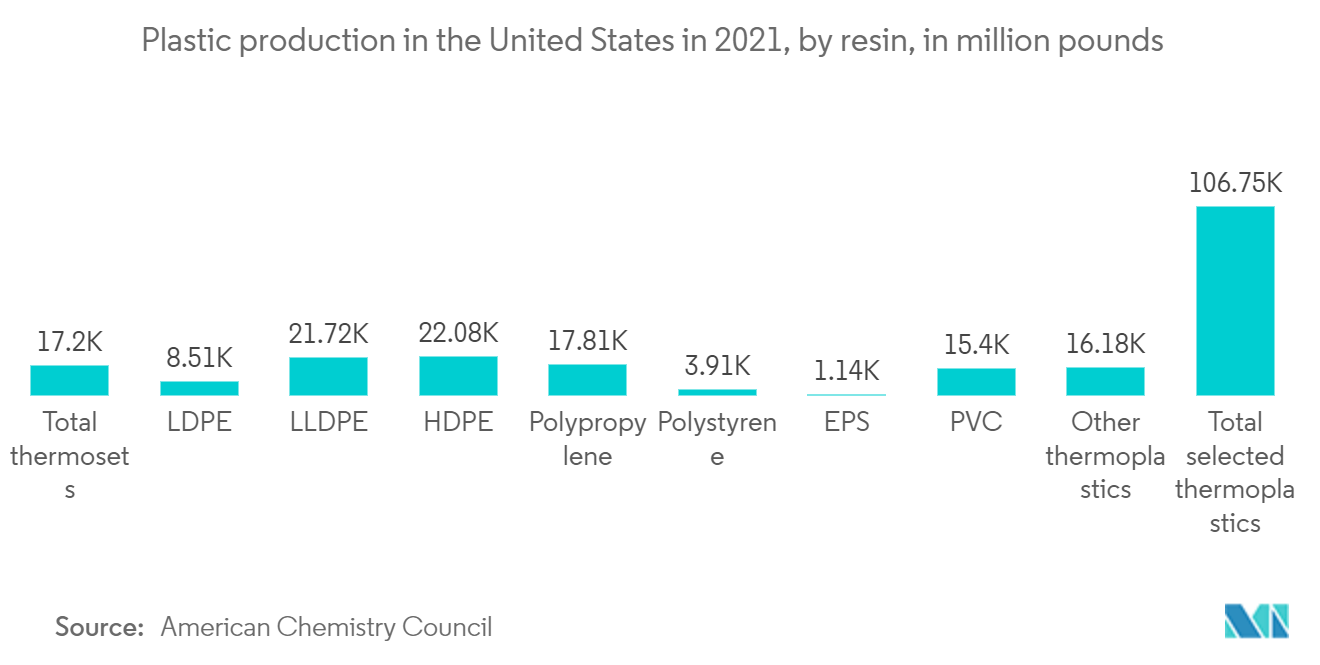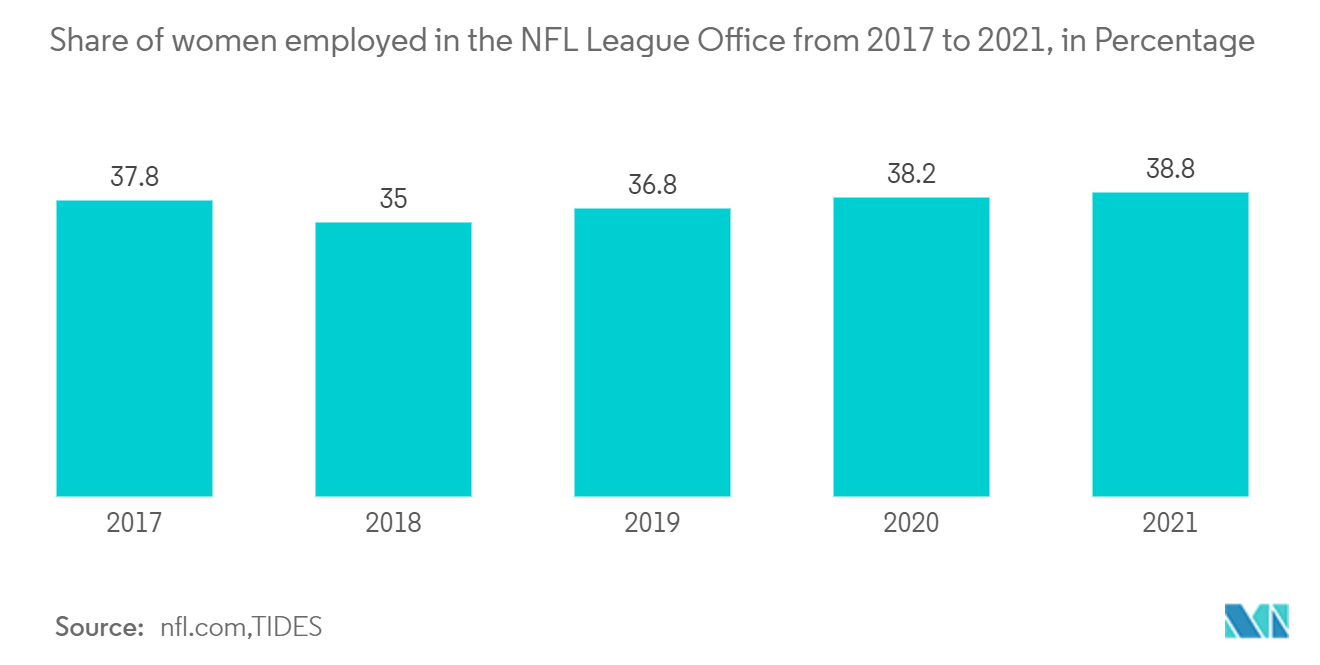Market Trends of United States Baby Food Packaging Industry
This section covers the major market trends shaping the US Baby Food Packaging Market according to our research experts:
Plastic is Expected to Hold the Largest Market Share
- The lightweight plastic containers over glass jars make them suitable for on-the-move lifestyles, favoring plastic in baby food packaging.
- The popularity of flexible packaging expanded along with consumer desire for eco-friendly pouch packaging. Baby food manufacturers are innovating to fulfill various consumer preferences, another element boosting the demand for plastic packaging solutions.
- Packaging businesses choose plastics like PET and PVC that have no impact on the packed food to meet the need for eco-friendly infant food items. Because these materials are recyclable and landfill-friendly, environmentally aware parents frequently choose baby food packaged in plastic barrier bags and pouches.
- Furthermore, flexible barrier bags for baby food are growing in popularity owing to their increased acceptance and the demand for new forms of retail packaging.
- Flexible retail packaging is a much better choice for baby food than standard jars since it ensures product safety and freshness.
- One of the most popular plastic packing materials is HDPE. It is employed to produce a range of bottles and containers. Unpigmented bottles are transparent, robust, and have good barrier qualities, making them ideal for packaging goods with limited shelf lives, like milk.

Powder Milk formula to Hold the Largest Market Share
- Foods formulated for babies and infants younger than 12 months of age include milk powders. These are often made in a powdered form for bottle feeding and are typically considered a substitute for breast milk. They are mixed with water or another beverage.
- Powdered milk's primary function is to extend shelf life without proper refrigeration or storage. It is consumed worldwide, notably by young children and babies whose main meal is milk.
- Thiamin, proteins, Vitamin B12, and Vitamin C are present, making it one of the main foods for infants. Reduced storage and transportation costs also contribute to the market expansion for infant milk powder. Sachets, plastic, glass, and paperboard are all suitable packaging materials for these.
- Moreover, strong growth is on the cards for milk powders because of the rising demand for organic baby food across the globe for children under five. Increasing malnutrition among children and infants propelled the infant formula need.
- The human milk bank was recently established since preterm infants require particular nutritional diets compared to regular babies. This bank offers human milk in 0.5 gm or 1 gm sachets. These are 100% manufactured only from human donor milk.
- Since there is always a demand for milk, the industry is expanding dramatically. Since most American mothers today work and frequently travel with their infants, carrying liquid milk is difficult. Thus powdered milk is taking over because it is simple to use and portable.

